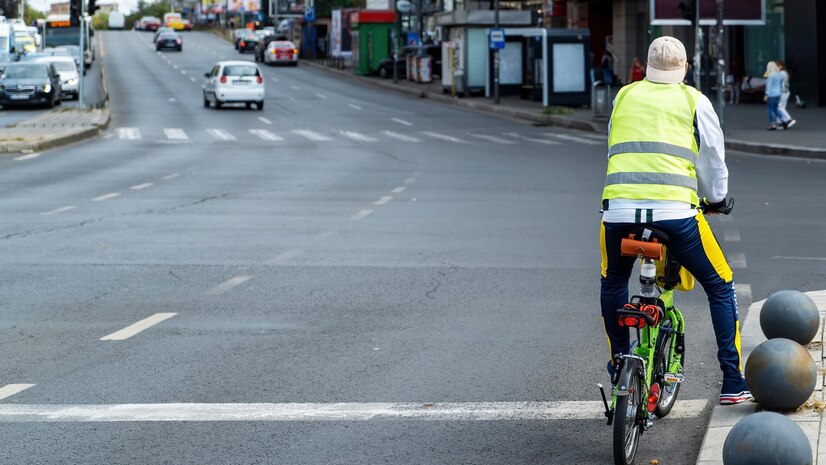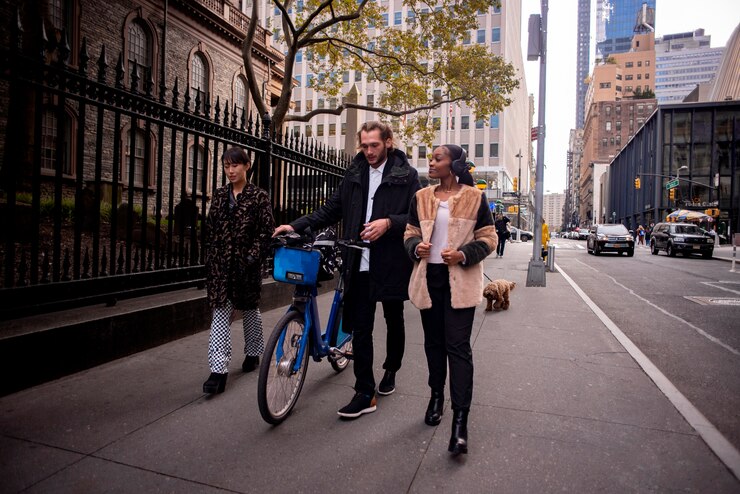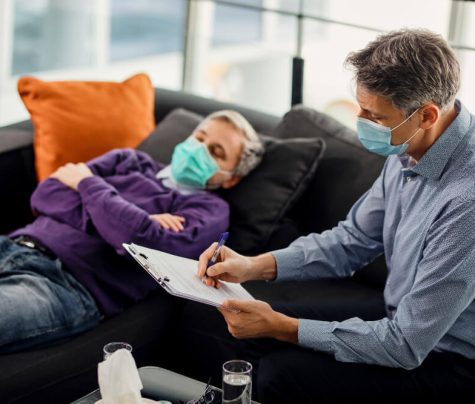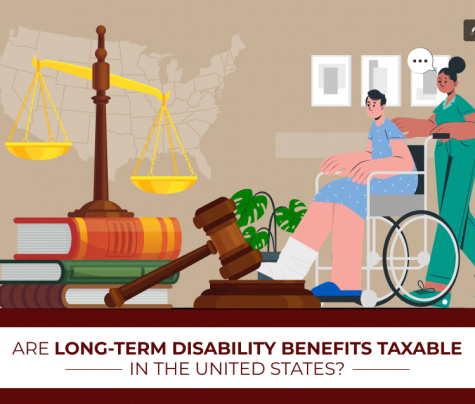
In urban areas around the world, the need for safer streets for cyclists and drivers has never been more urgent. As cities become more congested and people turn to cycling as a healthy and eco-friendly mode of transportation, the risk of accidents increases.
Ensuring the safety of all road users requires thoughtful planning, infrastructure improvements, and awareness. A bicycle accident lawyer often witnesses the tragic impacts of inadequate road safety measures.
The statistics are sobering – approximately 850 bicyclists are killed in crashes with motor vehicles each year, according to the National Highway Traffic Safety Administration. Another 55,000 cyclist injuries occur annually from these collisions, which most often are caused by driver inattention, failure to yield, and turning vehicles cutting across bike lanes or paths.
Safety advocates are pressuring transportation officials to get ahead of the curve by implementing protective street infrastructure and policies before more lives are lost.
Community Involvement and Advocacy

It’s not a one-man job to build safer streets because everyone uses the roads. Therefore, a community effort is needed to build a safer street or roads. You can ask local residents, advocacy groups, and government bodies to be involved in safe street planning. This will build a safer street with collaborative efforts from everyone.
Community Planning
When you involve your community members in the planning process of safer roads and streets, it projects a collective effort. A collective effort is more successful as everyone is equally involved in the process to make the streets safer.
You also get the chance to include all road useless concerns and needs in the road safety planning. Try conducting public meetings, surveys, and collaborative workshops to help gather valuable inputs for street safety design projects.
Advocacy Groups
You can involve bicycle advocacy groups in your street safety planning process. This helps you understand what steps you can take to avoid bike accidents on streets. These organizations help advocate for better infrastructure, educate the public, and work with government officials to prioritize cycling safety.
Government Initiatives
You should ask your local and state governments to prioritize funding for better cycling infrastructure in your state. With more funding you can plan safety programs to provide guidance to local communities about bike riding safety measures.
Government also invests more funds in building secure bike lanes, taking traffic-calming measures, and planning public awareness campaigns.
Building a Foundation for Bicycle Safety

When you invest in an effective street design you help reduce accidents and enhance safety measures for cyclists and drivers. You can significantly decrease the likelihood of collisions and ensure a harmonious sharing of the road with proper cycling infrastructure.
While precise solutions vary between urban and suburban environments, the overarching principles for enhancing cyclist safety on streets are clear.
Protected Bike Lanes
If you wish to protect cyclists then the best way is to create dedicated bike lanes in your cities. These dedicated bike lanes will offer a safe space for all cyclists and reduce the chances of accidents. Want to make separated bike lanes more secure? Then try physical barriers.
You can build physical barriers around the bike lanes so motor vehicles or cars won’t cross to these lanes. The chances of accidents reduces significantly on separated bike lanes with physical barriers. Just relying solely on painted street markings won’t stop other vehicles from crossing on the bike lanes.
So, take more precautions when planning a protected bike lane with protective barriers like curbs, flexiposts, and planters. These physical barriers will help separate cyclists physically from oncoming vehicle traffic flows.
Dedicated Intersections
Intersections are the sites of most bicycle and vehicle collisions. You will see these accidents are often caused when vehicles take turns and do not detect cyclists.
Designing intersections with features such as bike boxes, advanced stop lines, and dedicated signal phases for cyclists. This will help prevent collisions from other vehicles. You can raise crosswalks and enhance safety at intersections.
Traffic-Calming Measures
You can implement traffic-calming measures on the roads like speed humps, chicanes, and curb extensions. This will help you slow down motor vehicle traffic on the road and make the streets safer for everyone.
You can reduce chances of accident if you lower the speed limits in areas where there are high pedestrian crowds and cyclist traffic. This will help drivers to limit their vehicle speed in these areas and avoid collisions. Drivers will also get time to react in case of collision and reduce the accident’s severity.
Do you know currently several existing streets in the urban scene are inhospitable for safe urban cycling? Major long-term infrastructure projects are aimed at meeting modern mobility demands to provide opportunities for cities to incorporate protected bikeway networks from inception.
This includes proactively designing new bridges or underpasses specifically with dedicated cycling infrastructure when upgrading crossings over highways or waterways. Highway exchange redesigns can likewise account for seamless transitions between surface-level bike facilities and off-street trail networks, rather than creating hazardous missing links.
Overcoming Institutional Inertia Blocking Change
Despite supportive rhetoric around sustainability and active transportation goals from officials, the cold reality is infrastructure funding remains heavily skewed towards prioritizing motor vehicle throughput for passenger cars and commercial traffic.
Too often, local departments of transportation still follow obsolete formulas centered on queuing models and maximizing vehicle throughput rather than accounting for cyclist exposure risks. The result commonly manifests as hazardous multi-lane road crossings, hostile merges with highway on/off ramps, or abrupt unprotected transitions into and out of bike lanes.
Overcoming institutional inertia blocking safer street designs ultimately relies on mustering strong public demand, prioritizing cyclist safety over vehicle speeds or parking space preservation. And in cases where willful negligence by cities contributes to preventable cycling deaths or injuries, accountability may need to increasingly extend beyond the motorists directly involved.
Conclusion
As cycling activity continues surging nationwide, enhancing road designs to better safeguard the most vulnerable travelers must become an urgent transportation priority. The moral cost of lives lost is far too high to accept the self-defeating status quo that consistently prioritizes convenience for motor vehicles over basic safety accommodations for cyclists.
Read Also:
- What to Do in Case of a Truck Accident
- How Long After A Car Accident Can Injuries Appear?
- The Points to Remember When Negotiating a Settlement After a Car Accident










0 Reply
No comments yet.